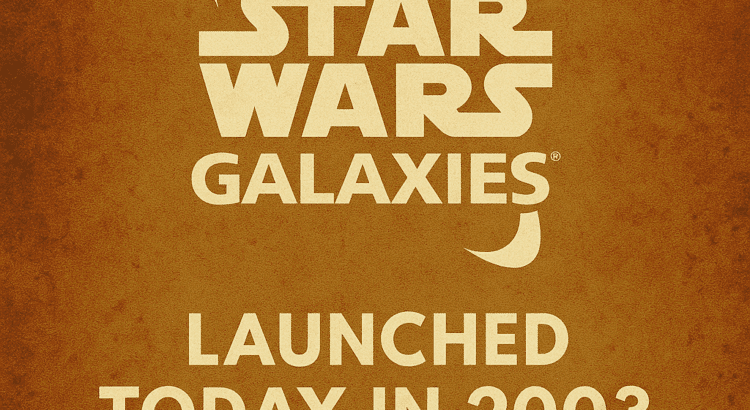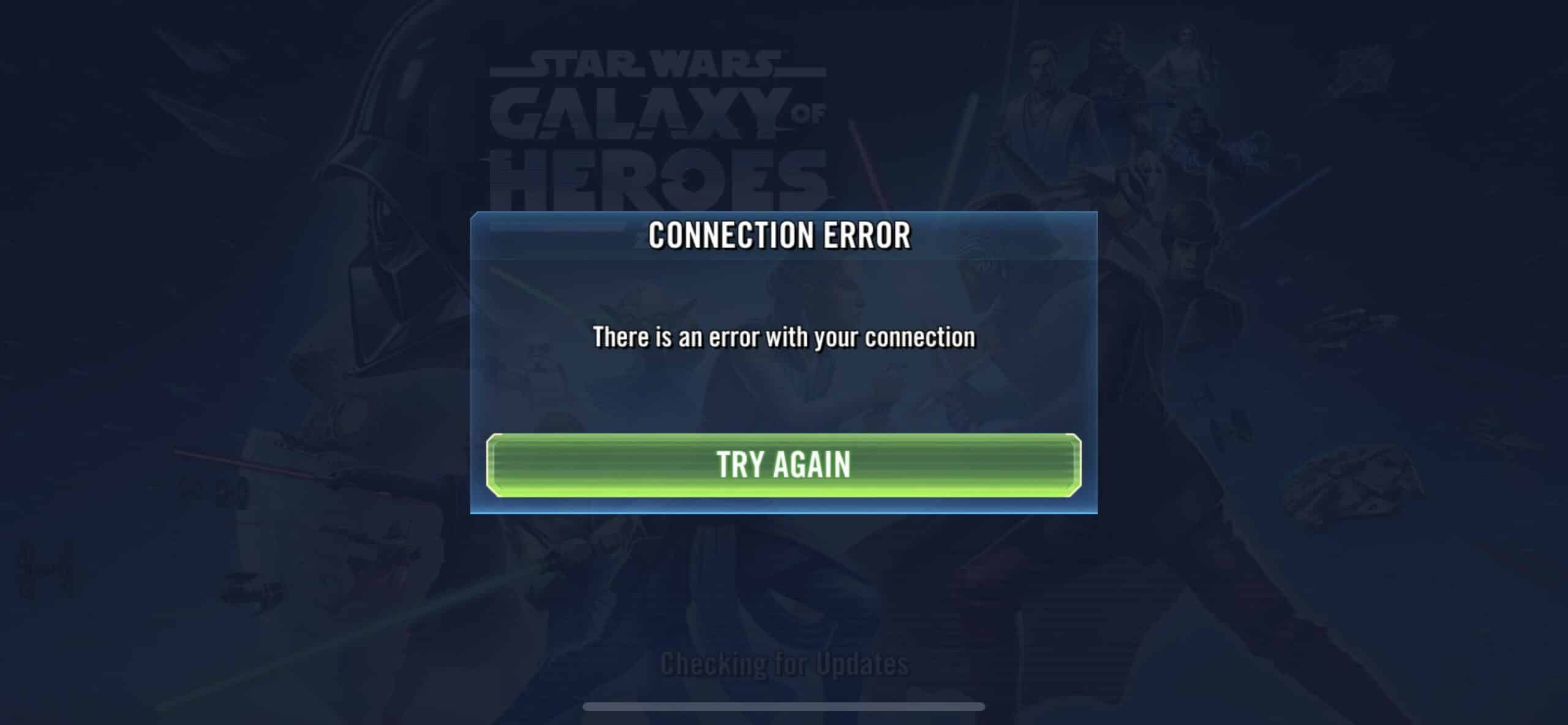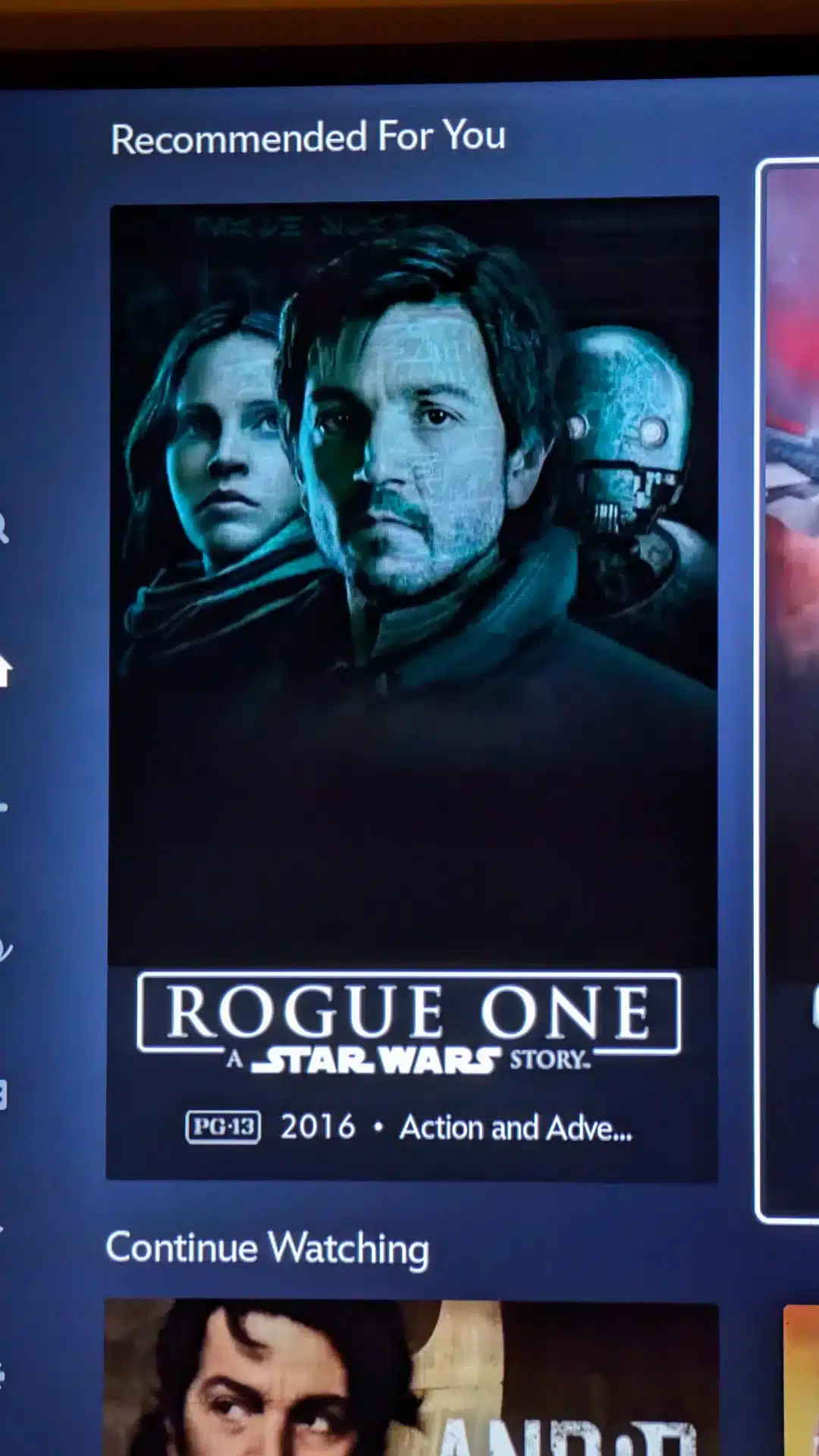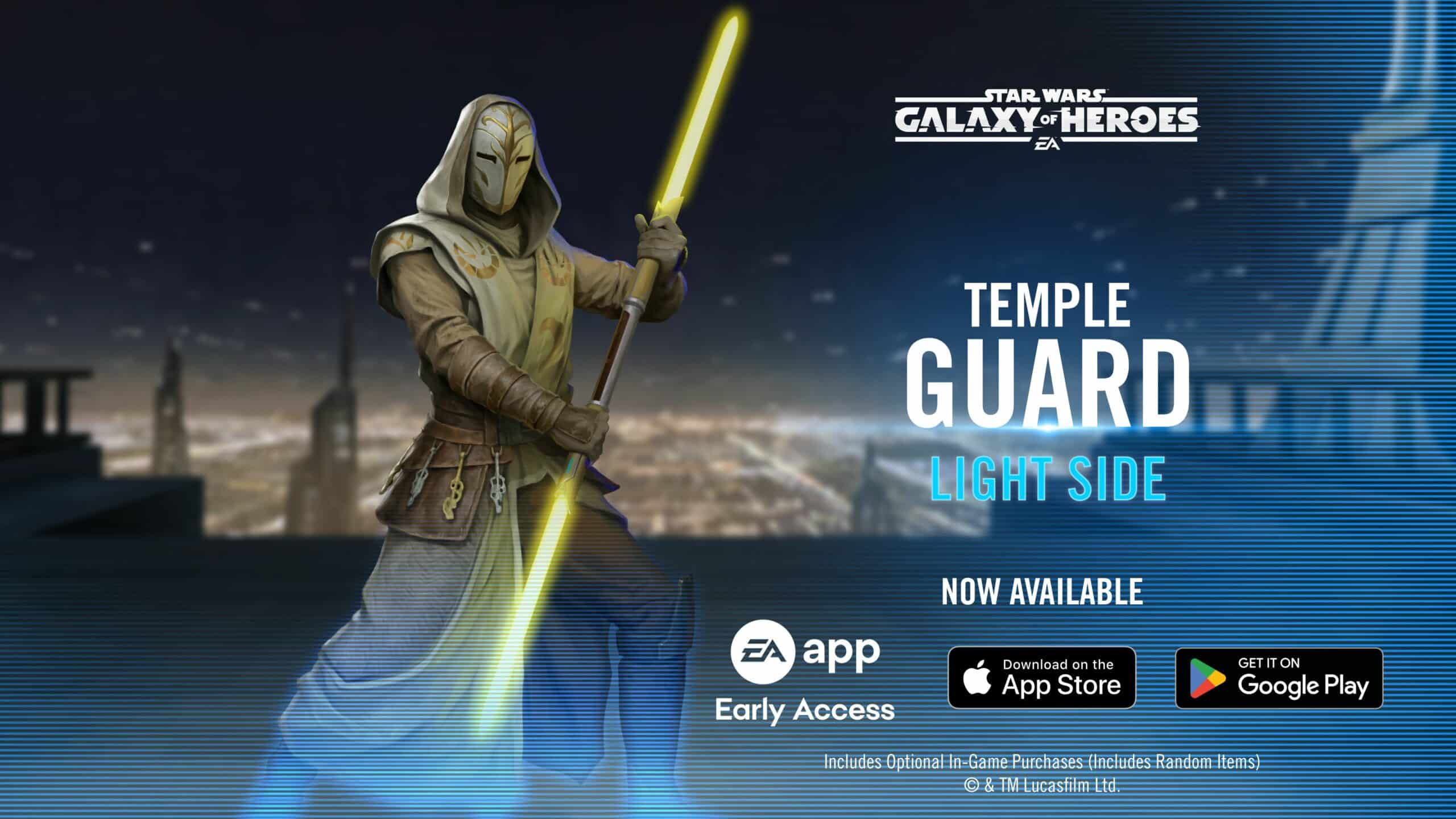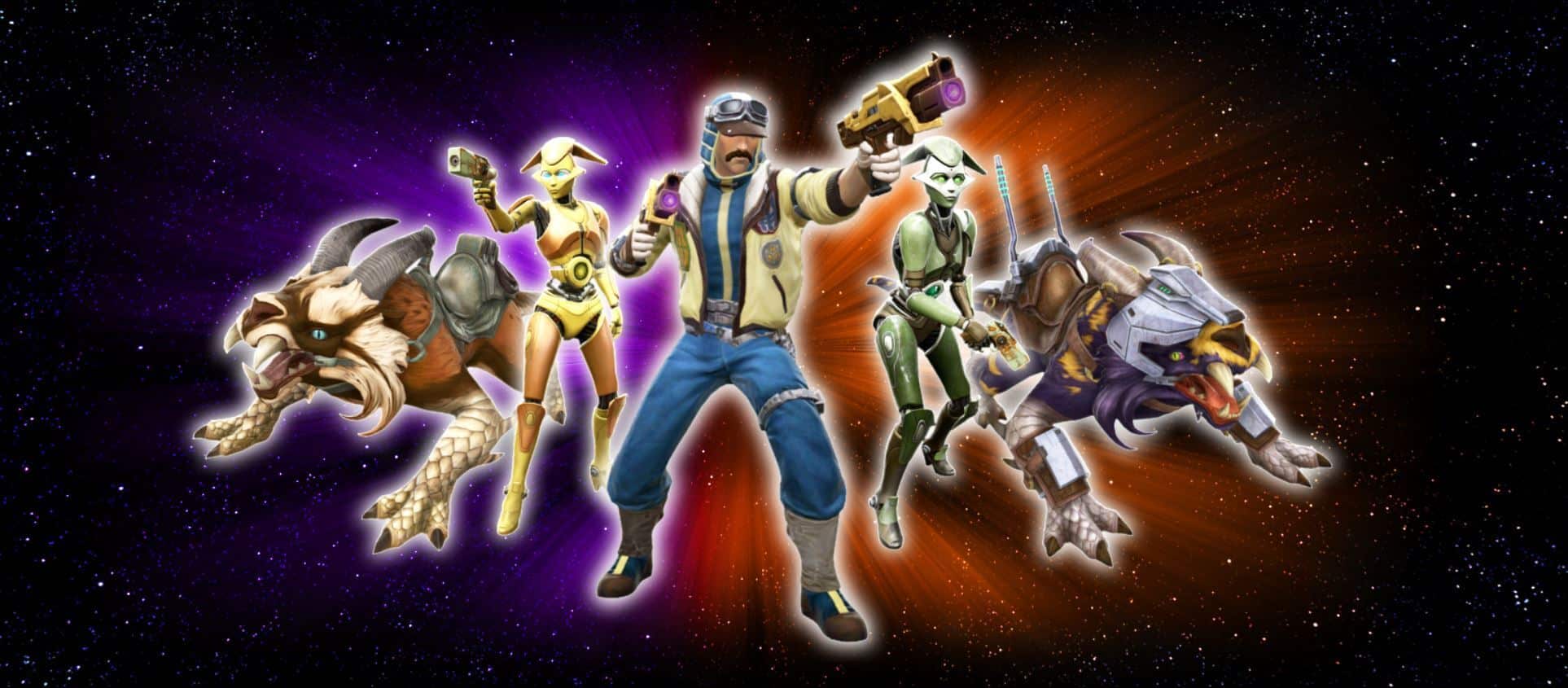TL;DR
Star Wars Galaxies launched on June 26, 2003—and changed MMO history. It offered deep character customization, complex crafting, player cities, and a galaxy full of potential. Two decades later, it’s still remembered as a genre-defining sandbox with a fanbase that refuses to let it die.
On June 26, 2003, something extraordinary happened. Star Wars Galaxies went live, and for the first time ever, players could truly live in the galaxy far, far away—not just blast through it.
This wasn’t about being the hero. It was about being a character in Star Wars: a moisture farmer, a cantina musician, a bounty hunter, or a galactic merchant mogul. The game didn’t hand you a lightsaber and a Chosen One prophecy. It handed you a datapad, a landspeeder, and a blank canvas.
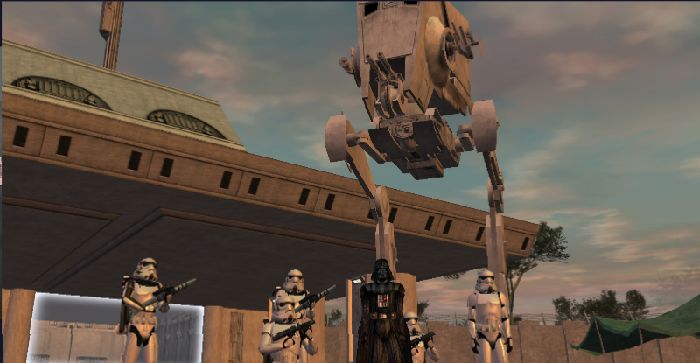
SWG Quick Timeline: From Launch to Legacy
Here’s a rapid-fire look at how Star Wars Galaxies evolved over the years:
- June 26, 2003: SWG launches with iconic planets, 30+ professions, and zero playable Jedi.
- 2004: Player cities and vehicles introduced.
- 2005: “Combat Upgrade” (CU) and the infamous “New Game Enhancements” (NGE) overhaul the class system and simplify gameplay.
- 2011: Official servers shut down to make room for The Old Republic.
- 2012–Present: Emulators like SWGEmu and SWG Legends revive and expand on the pre-CU experience with thriving player communities.
A Star Wars MMO That Was Actually a Social Simulator
Unlike today’s action-RPGs, Star Wars Galaxies wasn’t just about combat. In fact, many players never picked up a blaster. The game had over 30 professions at launch—from architects and image designers to bio-engineers and entertainers. You could run a cantina, design droids, or build houses in a fully player-run city.
Everything was part of the player economy. Want the best rifle? You’d better know someone who harvested top-quality ore from Endor and knows how to run high-stats crafting tools. No loot boxes. No premium currency. Just grit, networking, and a well-placed bazaar terminal.
This approach made SWG one of the most unique sandbox MMORPGs in gaming history—and a cult favorite for Star Wars fans who wanted more than just raid loot.
The Jedi Grind (and the Mystery That Made It Great)
One of the most brilliant (and maddening) elements of early SWG was how Jedi worked. You couldn’t just choose to be a Jedi. You had to earn it.
And by “earn it,” we mean you had to secretly master specific (and randomized) professions across multiple characters. The unlock system was so obscure, some players built entire spreadsheets and Discord networks just to crack the code.
As one longtime player put it:
“When someone showed up in Theed with a lightsaber, it felt like seeing a unicorn. That mystery made Jedi matter.
— @nurfherder71, SWGEmu player
That magic—of discovery, of mystery, of rarity—was a defining feature of the pre-NGE era.
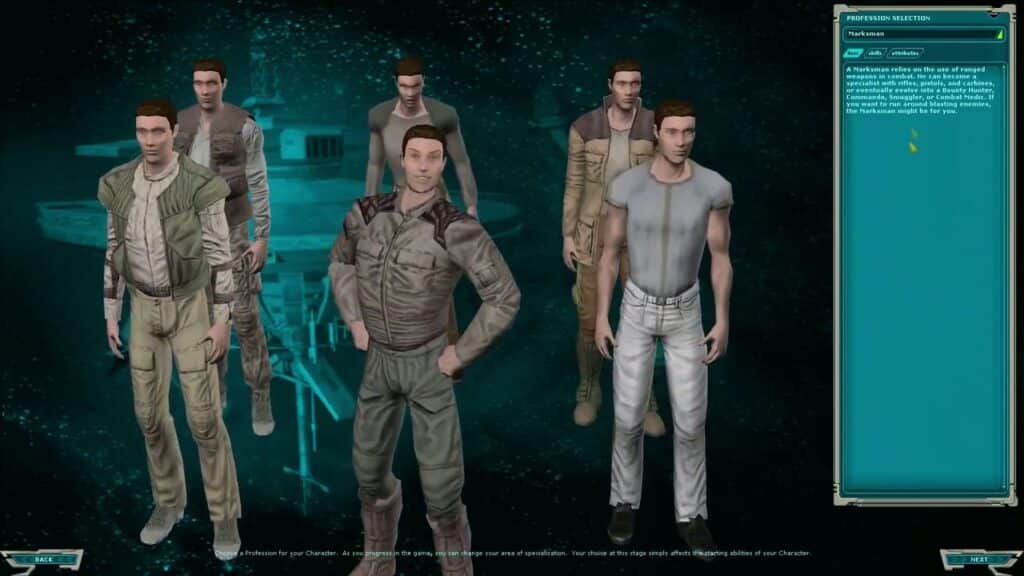
The NGE: The Patch That Broke the Galaxy
In 2005, SOE launched the New Game Enhancements (NGE), radically streamlining the class system and letting players start as Jedi right from the character creation screen.
It was a controversial move.
The sandbox was replaced with a more traditional MMO layout. Professions were trimmed. The economy shifted. And many veteran players left—feeling the game had traded its identity for mass appeal.
Even today, SWG veterans split into two camps: pre-NGE loyalists and post-NGE pragmatists. But one thing’s certain: no patch in MMO history caused more community drama.
Star Wars Galaxies Today: Still Alive in Emulators
Although the official servers shut down in 2011, Star Wars Galaxies is far from dead. Emulators like SWGEmu and SWG Legends have kept the game alive, rebuilding the pre-NGE experience and even adding new planets, quests, and mechanics.
These servers are run by passionate volunteers, supported by tens of thousands of players who still log in to:
- Hunt Krayt Dragons on Tatooine
- Run medical clinics on Dantooine
- Build cities and host PvP tournaments
- Smuggle spice while avoiding bounty hunters and rogue Jedi
It’s not nostalgia. It’s continuity. Galaxies lives because it offered something no other Star Wars game has: the freedom to write your own story.
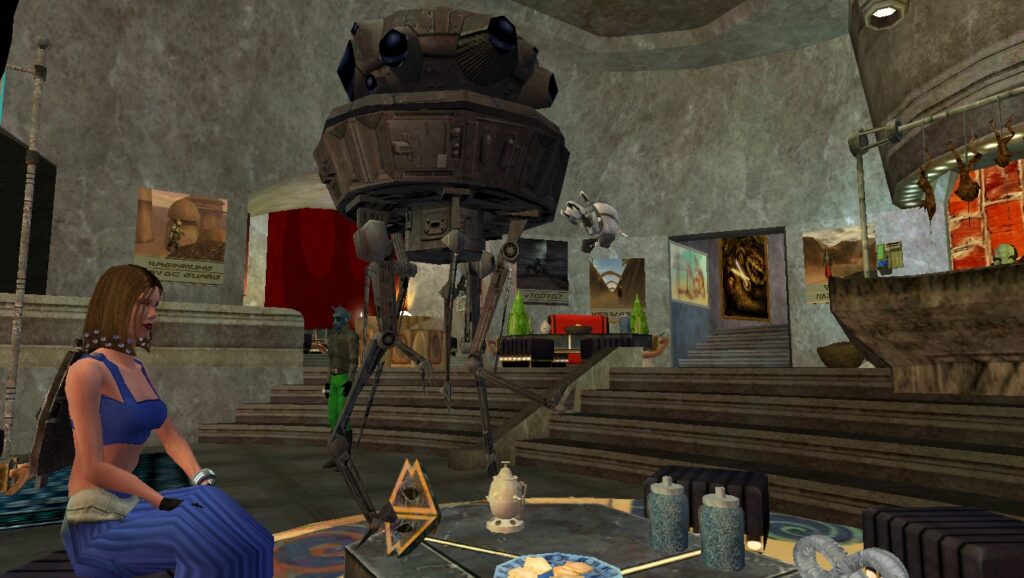
Final Thoughts: SWG Was Never Just a Game
It was a culture. A community. A living, breathing galaxy that didn’t need you to save it—it just asked you to exist in it.
Twenty-two years later, Star Wars Galaxies remains a legend. Not because of its graphics, or even its combat, but because it understood something most modern games forget:
You don’t need to be a Jedi to be part of the story.


